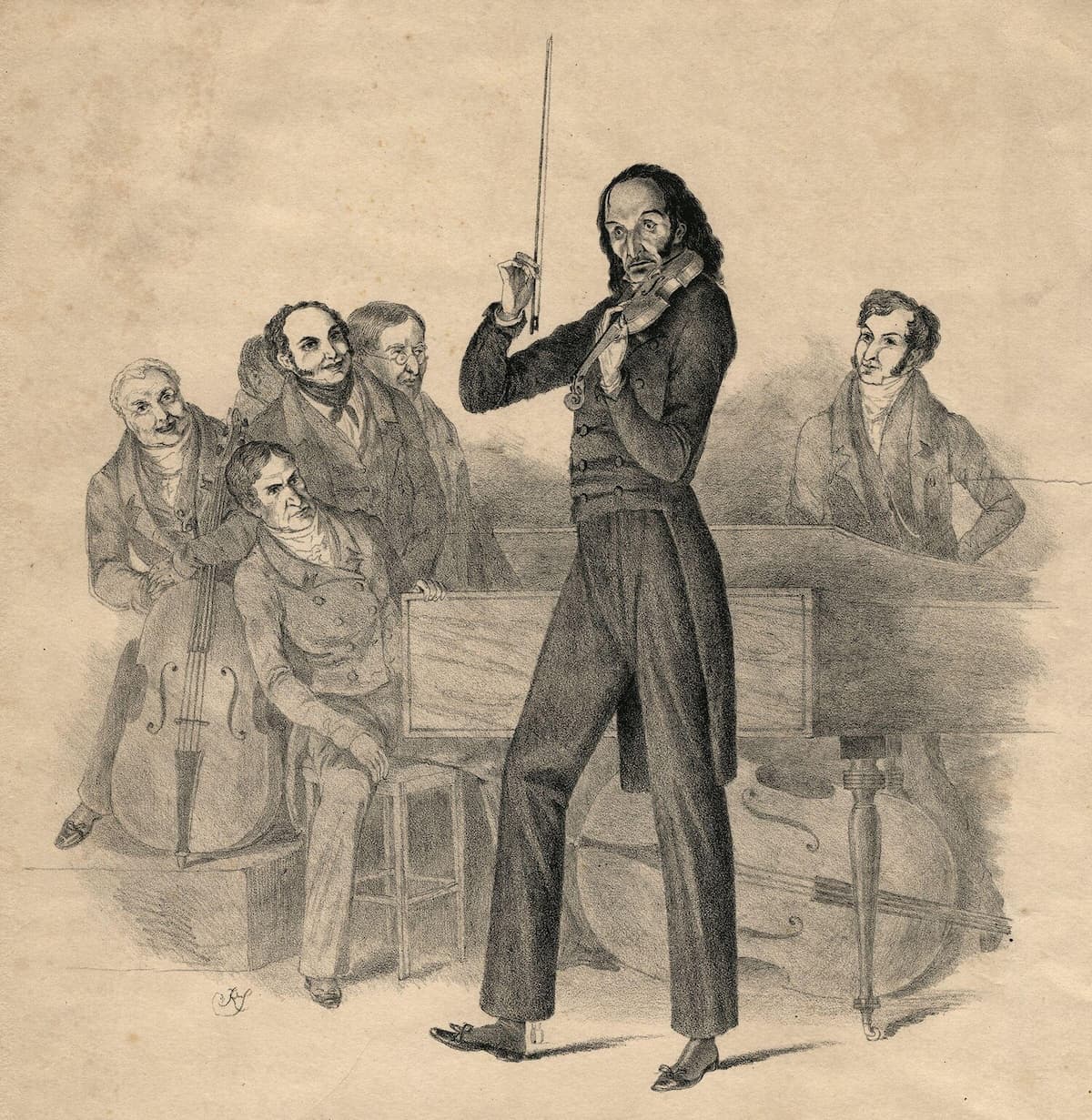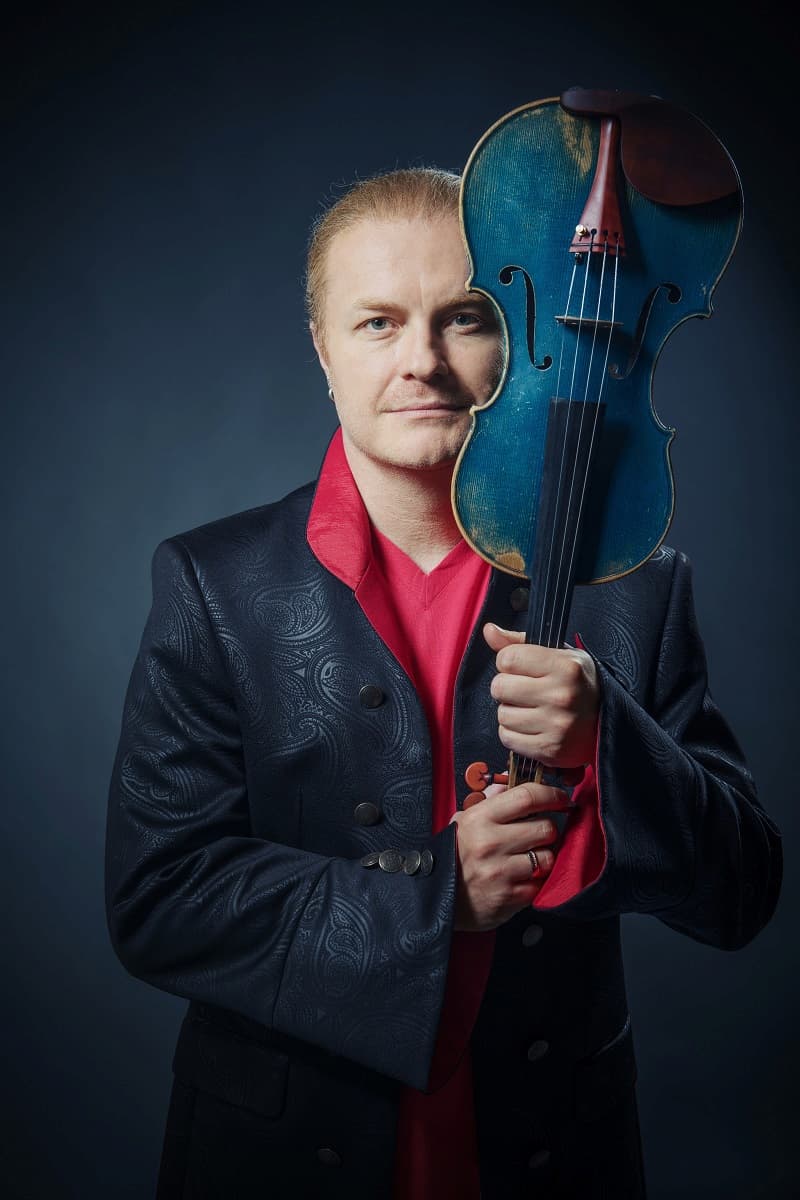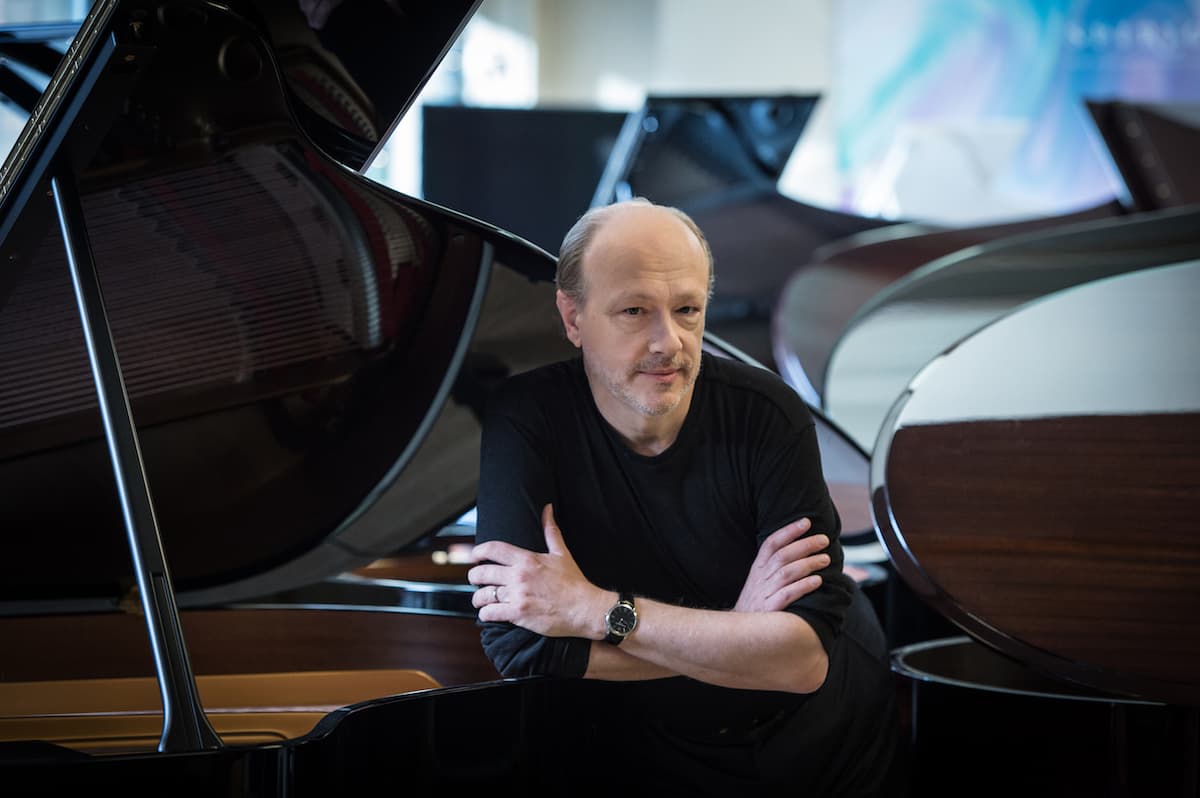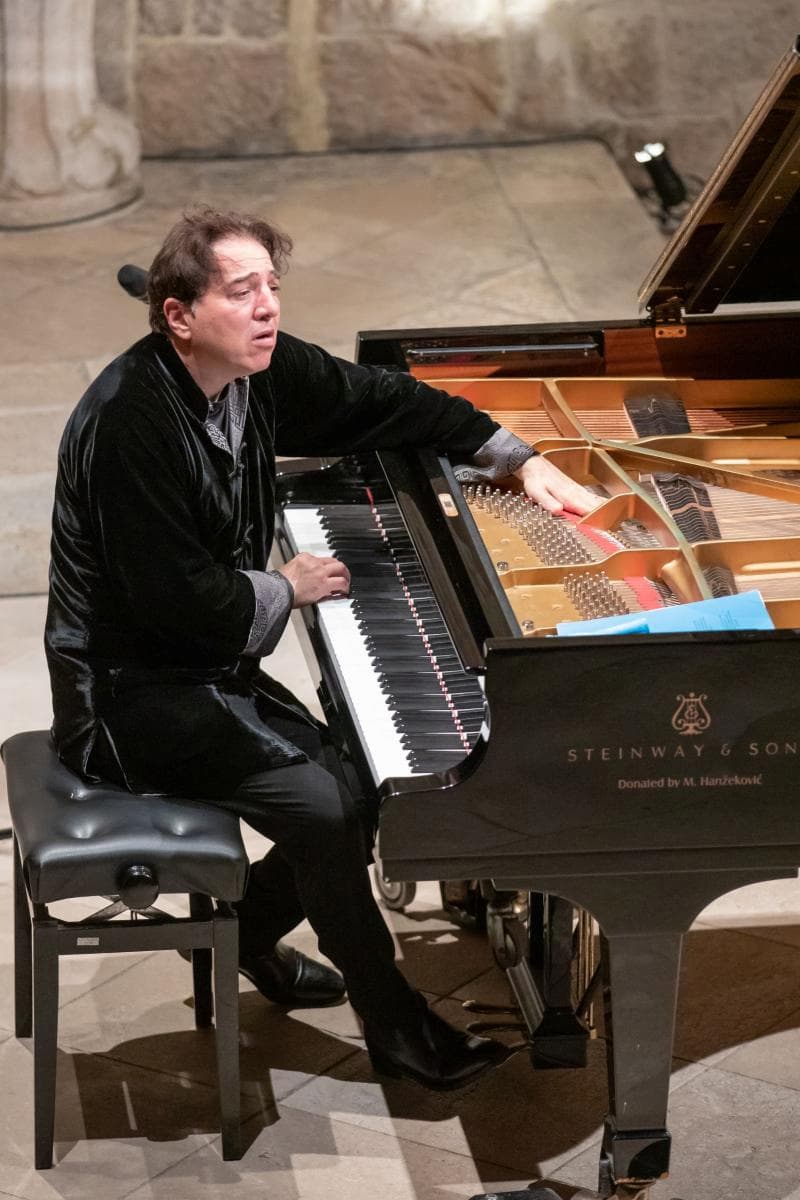Lately, I’ve been listening to a lot of music by Niccolò Paganini (1782-1840). The music might be over 200 years old, but it is still jaw-dropping. The level of virtuosity is truly astounding, and it’s not surprising that Paganini was described as a complete wizard “who brought tones from the violin which were never heard before from that instrument.”

Nicolo Paganini, by Richard James Lane
He certainly had a tremendous talent for self-promotion, and he kept himself in the eyes of the contemporary press at all times with stories of devil worship, gambling addictions, romantic encounters, and relationship gossip. Then as now, everybody loves a good story.
It really is a shame that we can’t actually see him in performance, but supposedly his playing was so intense that women would faint and men would break out weeping. There is no doubt that Paganini must have been one of the greatest musical entertainers of all time. Looking over the performing landscape of the 21st century, Paganini seems to have been resurrected and his music got some wonderful makeovers.
Pavel Šporcl: Magical 24
Since we can’t see Paganini in action, maybe we can at least imagine a performance? And that’s exactly what the Czech violinist Pavel Šporcl had in mind. And since he has been called the “Paganini of the 21st Century,” it’s rather fitting that he would take advantage of 21st-century technology in his presentation.

Pavel Šporcl with the Blue violin
Šporcl brings a distinctive and strong artistic personality onto the stage, including visual trademarks like his blue violin, an instrument specially built by Jan Špidlen in 2005. Don’t be deceived, as Šporcl is not only a visual artist but a seasoned performer with a rich classical background as well. In fact, he has 40 concertos in his repertoire, and he has performed in traditional venues around the world.
Šporcl is part of a young generation of Czech violinists who entertain audiences with their unique and unorthodox stage presence. He certainly managed to break into the mainstream by using all media outlets and consistently features at the top of the charts. He does take on the devil narrative in his performance, and maybe the interpretive dancers in tight bodysuits are his enchanted minions?
Marc-André Hamelin: Variations on a Theme by Paganini
I am sure you have recognized the Paganini composition that Šporcl used as the basis of his imaginative Paganini performance. You’re right, it is Paganini’s 24th Caprice, still one of the most celebrated themes in classical music history. It is part of a set of devilishly difficult showpieces designed for his own performances. And the tune of his 24th Caprice has truly become famous.

Marc-André Hamelin
Many composers have used this theme to create variations for any number of instruments, and we all know the fantastic masterworks by Liszt, Brahms, and Rachmaninoff. And as we can see, it is still being used as the basis for creative originality by giants like Marc-André Hamelin. I personally think that Hamelin is one of the greatest living pianists today, period. Unsurpassed technical facility is paired with great sensitivity and musicianship, and with a highly original mind.
You can immediately hear that Hamelin’s set incorporates musical borrowings and many different musical styles. There are snippets of Beethoven, Liszt, Brahms, Chopin, and Rachmaninoff. But Hamelin isn’t done yet, as he also borrows from outside of Classical music and includes elements from salsa and a Hungarian ethnic context. Essentially, it’s a Paganini parody that plays with the tradition of that particular tune. It’s like a fantastic musical puzzle full of humour that can be enjoyed on so many different levels and musical aptitudes.
David Baker: Ethnic Variations on Paganini’s 24th Caprice
The attraction of the Paganini tune is its great versatility. There is nothing complicated in terms of harmony and structure, and Paganini spiked it with highly advanced violin difficulties. I am sure violinists can give you more details on what it takes to play this piece, but I also like the fact that it is stylistically very flexible. It’s like a chameleon as the tune can change into countless different colours, styles, and guises.

David Baker
David Baker might not be a household name, but he was an American jazz composer and conductor who founded the jazz studies program at the Indiana University Jacobs School of Music. He actually trained as a trombonist and later as a cellist, and he wrote some 70 books on jazz. As a composer, he wrote over 2,000 compositions, including a tribute to Martin Luther King Jr. in 1968, a violin concerto for Josef Gingold, a flute concerto for James Pellerite, and a cello concerto for János Starker.
Baker worked in the so-called “Third Stream,” a musical genre that fuses jazz and classical music. It’s something located halfway between jazz and classical music, and you can see how the Paganini tune might fit into this category. Jazzy riffs on the piano are juxtaposed with formal fingerwork on the violin. Maybe the lack of intonation is part of the ethnic context; I just don’t know.
Fazil Say: Paganini Variations
Another contemporary artist taking on the Paganini tune is the Turkish composer and pianist Fazil Say. He has lately made some seemingly insensitive comments, but he does believe that art and music can build bridges between Western and Eastern cultures. For Say, music is a path to social change and he has even addressed the 38th Congress of the International Federation of Human Rights in Istanbul in 2013.

Fazil Say
Say’s musical and compositional aesthetics trace back to the folk music of his native Turkey and its neighbours. Music for Say develops out of improvisation, “as a composition in itself is an improvisation. The composer tries, tries again, and then finds something he likes and develops it. Playing should imitate this process of improvisation.” It’s great fun to listen to Say’s Paganini improvisation; the variable rhythms, dance-like melodies taken from folk music and a jazz inspired pulse. As I said previously, the simplicity of the Paganini tune prepares a canvas that can be filled with a composer’s or performer’s imagination.

BERNTH © Pascal Riesinger
To finish this little blog, here is a performer that goes by the name of BERNTH. Heavy tattoos and facial piercings, this performer takes Paganini to the electric guitar. It’s not all that far-fetched as Paganini himself composed a large number of works with or for the guitar. Paganini once said, “the violin is my mistress, but the guitar is my master.” BERNTH is just taking it a bit further, and he must be doing fine with over a million subscribers to his channel. His performance is placed in a wonderful heavy metal context with pounding drums and background harmonies. Rock on BERNTH, and it’s wonderful to see that Paganini’s influence on virtuosity and theatricality is timeless. It’s brilliant to see what shapes and forms his music takes on in the 21st century.
For more of the best in classical music, sign up for our E-Newsletter

